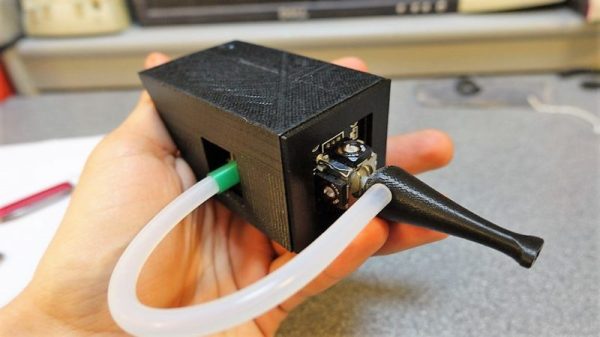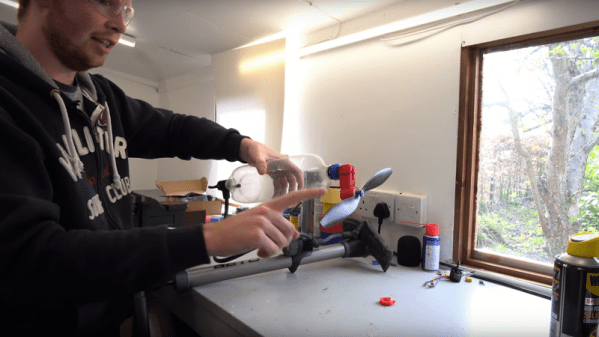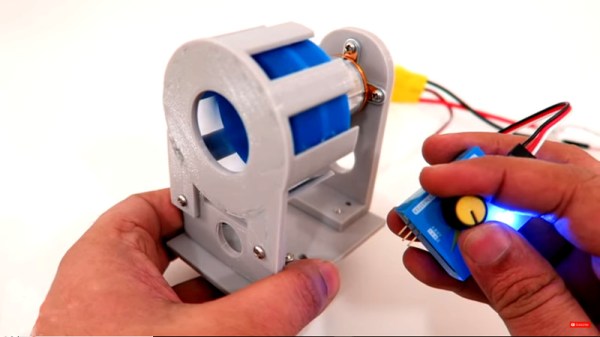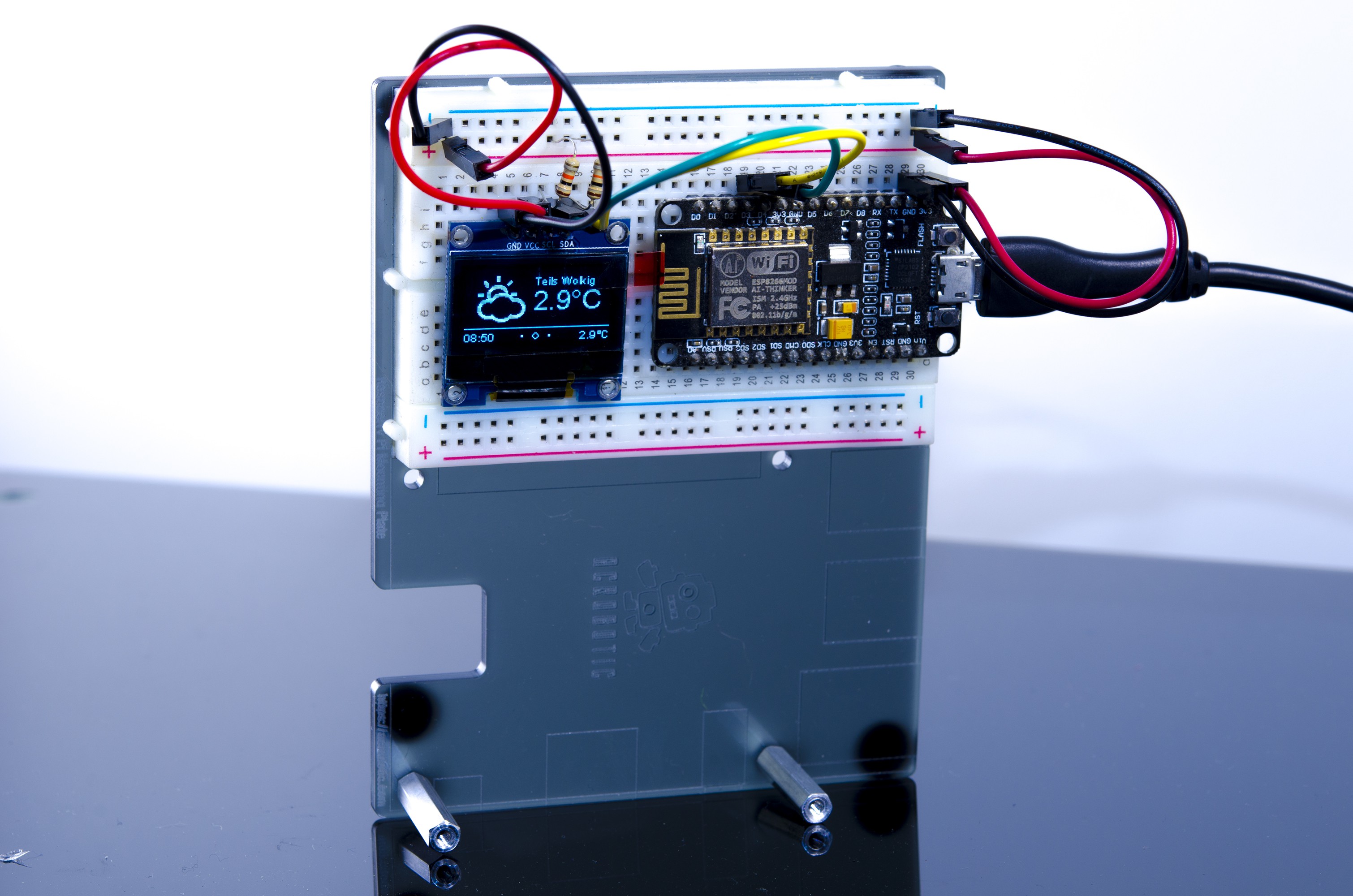As a finale to our month on the road through parts of the British Isles, we’ll be at UK Maker Faire this weekend, and we’ll also be hosting our final bring-a-hack at Maker Space Newcastle this evening, Saturday the 28th of April.
For the rest of the weekend’s UK Maker Faire, held at Newcastle’s Life Science Centre, you’ll find both Hackaday and Tindie at our booth number M118, and if you’re lucky you might even snag one of the [Brian Benchoff]-designed Tindie blinkie badge kits.
A few familiar faces from the Brits among our wider community will have their own booths, for example [Spencer] will be there with the RC2014 Z80-based retrocomputer, Rachel “Konichiwakitty” Wong will have her collection of wearables but no 3D-printed eyeballs, and Tindie seller extraordinaire [Partfusion], whose bone conduction skull radio we saw at EMF 2016 (Correction: the bone conduction radio was the work of fellow TOG stalwart [Jeffrey Roe]) and who also spoke at our Dublin Unconference.
There is still time to make your way to Geordieland to attend the event if you haven’t made plans already, and should you bring a conveniently portable hack with you then we’d love to see it. Especially if it’s a Hackaday Prize entry.






















